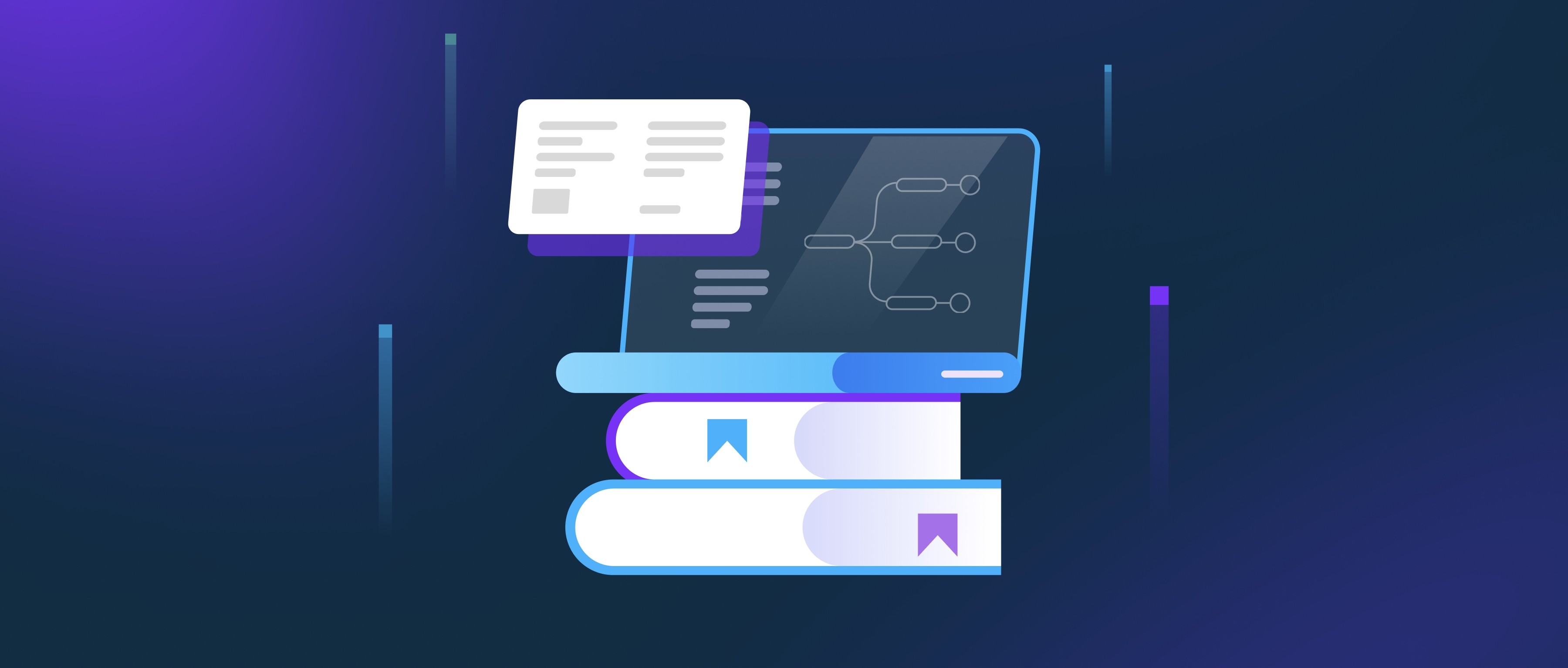LLM guardrails contribute to brand safety by ensuring that the content generated by LLMs aligns with a brand’s values, image, and reputation. By filtering out harmful, offensive, or inappropriate content, guardrails protect a brand from being associated with negative or damaging language. For example, in marketing or customer service applications, where LLMs are frequently used, guardrails can prevent the model from generating offensive language, misinformation, or content that could alienate customers or damage the brand’s reputation.
Guardrails also ensure that the content adheres to legal and regulatory guidelines, avoiding potential legal challenges or fines. In sectors like advertising, where brands are highly sensitive to public perception, implementing effective guardrails helps companies maintain control over their messaging and reduces the risk of their brand being misrepresented.
Moreover, guardrails can help ensure that content is appropriate for specific audiences. In family-friendly or child-targeted applications, guardrails can prevent the generation of content that would be deemed inappropriate for younger users. By establishing strong guardrails, brands can protect themselves from reputational risks and demonstrate a commitment to ethical AI practices, fostering trust and consumer loyalty.
